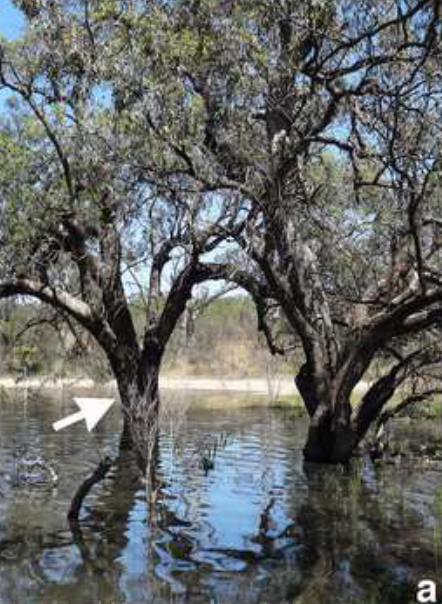Authors
Fernando DR, JP Lynch, MT Hanlon, AR Marshall
Source
Australian Journal of Botany, in press May 3
Download Options
contact Dr. Fernando
Abstract
In highly food-productive river basins, ecosystems reliant on natural flows are impacted by climate change and water removal. One such example is Australia’s Murray Darling Basin (MDB), in which the ecologically important black box tree, Eucalyptus largiflorens (Myrtaceae) is unique. Little is known about its mineral nutrition and response to flooding. A field study was conducted at Hattah Kulkyne National Park on the MDB to resolve spatial distribution patterns of localised nutrients and Al in mature and young foliage of black box trees, whose status varied with respect to the presence of surface floodwaters. Black box is also of interest due to emerging evidence of its capacity to accumulate high foliar salt concentrations. Here, cryo scanning electron microscopy alone (SEM), combined with energy dispersive spectroscopy (SEM-EDS) and x-ray fluorescence (XRF) spectroscopy were applied to evaluate leaf anatomy and elemental distribution patterns at the cellular and whole-leaf levels. Leaf bulk analyses pointed to certain differences in foliar elemental concentrations associated with the flooding status and/or history of the tree(s). High foliar Na concentrations of around 2000-6000 ppm were measured and found to be co-localised with Cl in mesophyll and dermal cells of young and mature leaves, suggesting vacuolar salt disposal as a detoxification strategy. Leaf anatomical and elemental data were consistent with drought tolerance.


